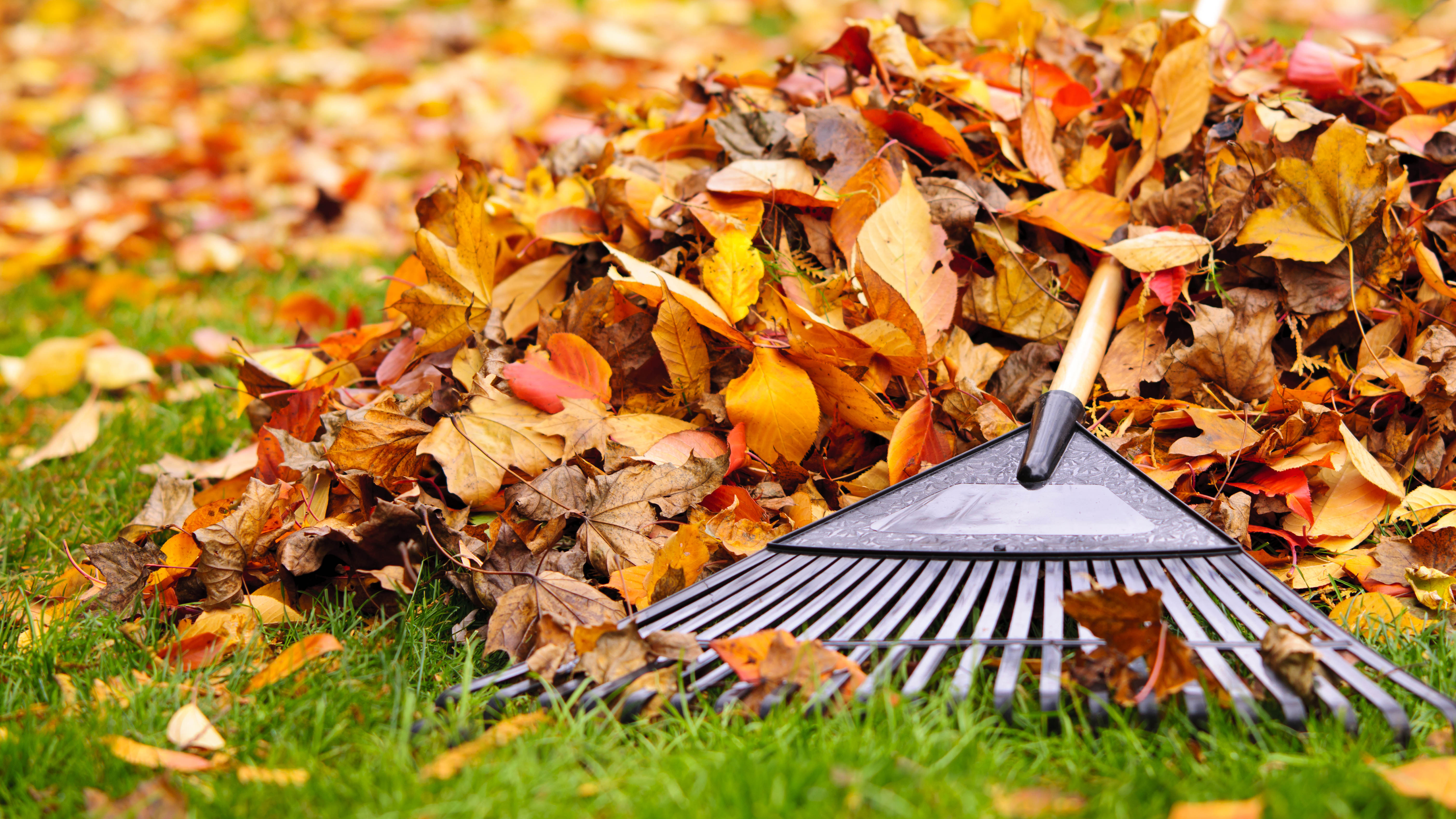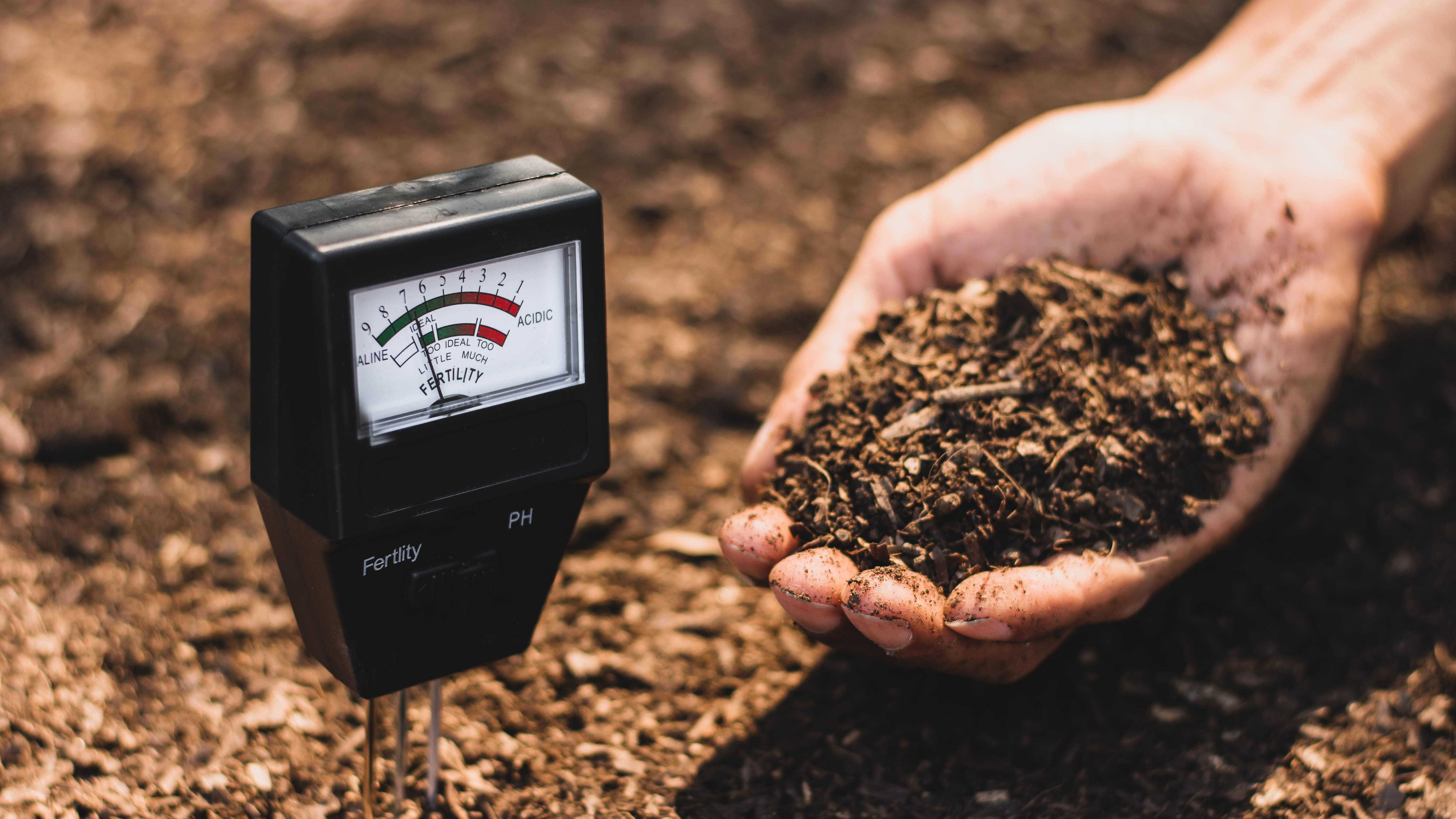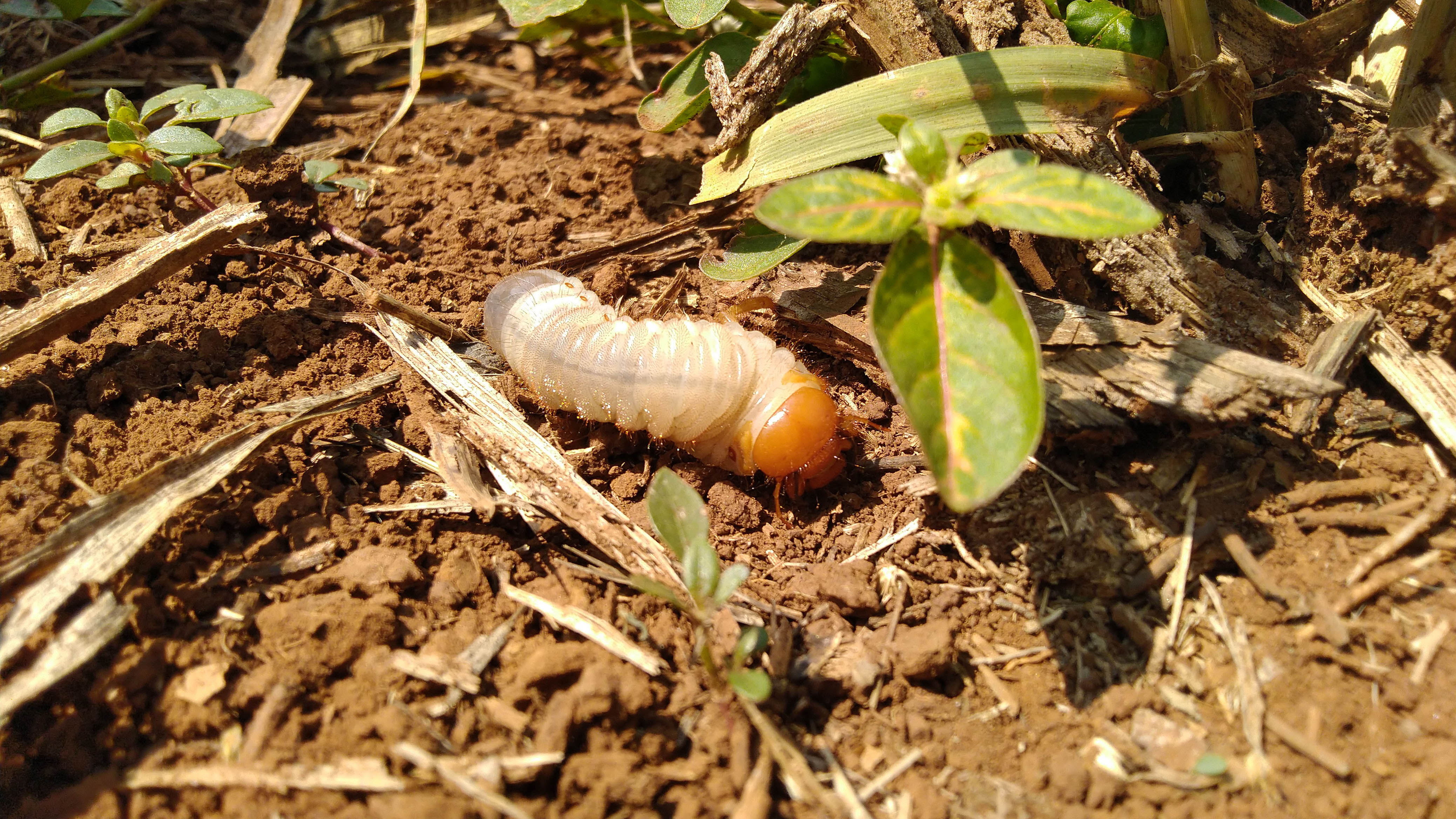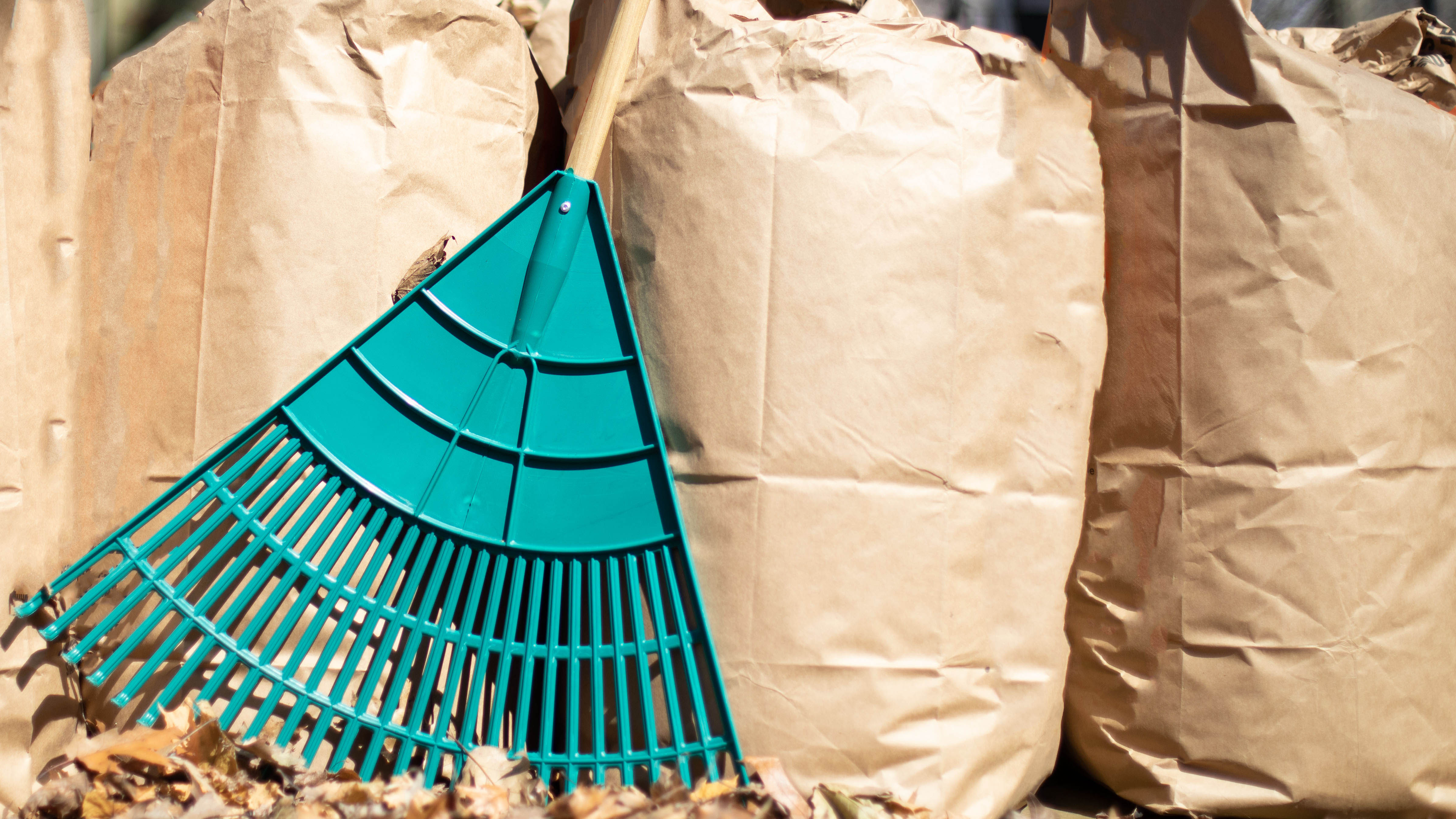Here’s why you shouldn’t rake your leaves — according to an expert
Because it’s better to just leave the leaves

If your weekends are spent raking leaves in your backyard, you’ll be relieved to know that fallen leaves can actually be good for your lawn.
Besides knowing other ways to use fallen leaves, experts suggest that we should also skip the raking to simply leave the leaves for a healthier yard. Considering that excessive layers of leaves can smother and suffocate the grass blades, this idea may seem a little counter-productive. However, shredded dry leaves left as a natural mulch has several benefits for your lawn, as well as overwintering protection for a number of insects.
Before you cut back on the raking or using the leaf blower, the best method is to first shred dry fallen leaves into smaller pieces using either a lawn mower with a mulching attachment, or a leaf shredder. This will convert the larger leaves into smaller-sized pieces, and to prevent huge piles covering your yard. So if you want to know how fallen leaves can be good for your lawn, we ask the experts.
1. Leaves provide nutrients for your soil

Fallen leaves are essentially organic matter that compost over time, turning into key nutrients, minerals, microbes, and other beneficial substances. These will all feed the soil, improve the structure and help to make your grass healthy and greener.
“We know that having to rake up huge piles of fallen leaves from your garden can become quite a nuisance. But what you might not know is that they actually have a bundle of benefits,” states Samuel Marlow at GardenBuildingsDirect.co.uk. “One of the key benefits of fallen leaves in your garden is how they provide nutrients to your soil which can help your crops flourish during the colder season. It’s best to use them as a soil conditioner before the seasons change, otherwise you could miss out on these benefits.”
In addition, leaves create a natural mulch that helps to suppress weeds, so you won’t have to worry about getting rid of dandelions in the spring.
2. Leaves can attract helpful insects

Alongside being a natural lawn fertilizer, many insect species rely on fallen leaves for cover and to insulate them from the weather. What’s more, these insects can help to improve the structure of your soil.
Get instant access to breaking news, the hottest reviews, great deals and helpful tips.
“The leaf layer also creates a haven for beneficial insects to seek shelter in. Worms will drag leaf fragments into the soil and feed on them, which really makes for a healthy soil,” says Chris Bonnett, the founder of Gardening Express. “Homeowners can save time and effort by skipping the tedious raking chore and utilising the fallen leaves as a natural fertiliser for the lawn instead.” So it seems like we do need insects in our yards after all!
3. Leaves can make your plants grow

Fallen leaves are also a great, natural feed for plants and flowers. Again, once this breaks down, this will enrich the soil. “To maximise their useful nature, place leaves around flower beds as another preventative measure against weed growth and to allow the garden to flourish throughout the colder season,” suggests Marlow, “You don’t even need to make the leaves into compost. Simply scatter the dry leaves around plants for a short period of time, which will eventually attract healthy organisms such as worms to bury down into the ground.”
In addition, this will save you money on plant food in the long-term.
What if you have too many leaves?

If you’re dealing with simply too many fallen leaves in your backyard, it’s recommended to rake every three to four days, or about once a week. By raking leaves frequently, you can manage huge piles, and this will allow air to your lawn.
If you must rake however, be sure to find out the different types of rakes suitable for your yard. And if you have a large backyard though, you might need to know how to use a leaf blower. Before you buy a leaf blower though, these are the 5 things you need to know.
Also, be sure to check out how I've been using this leaf vacuum — and it's a game changer for my yard, and I also used four different tools to get rid of leaves — here's what worked best.

As the Homes Content Editor, Cynthia Lawrence covers all things homes, interior decorating, and garden-related. She has a wealth of editorial experience testing the latest, ‘must-have’ home appliances, writing buying guides and the handy ‘how to’ features.
Her work has been published in various titles including, T3, Top Ten Reviews, Ideal Home, Real Homes, Livingetc. and House Beautiful, amongst many.
With a rather unhealthy obsession for all things homes and interiors, she also has an interior design blog for style inspiration and savvy storage solutions (get rid of that clutter!). When she’s not testing cool products, she’ll be searching online for more decor ideas to spruce up her family home or looking for a great bargain!
